You are eligible for free shipping!
-
-
YOU MIGHT ALSO LIKE
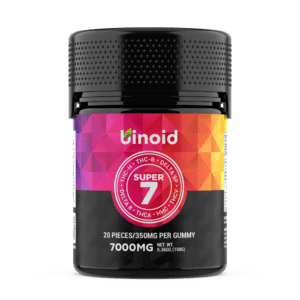
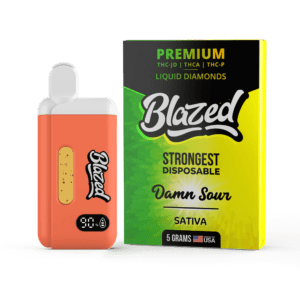
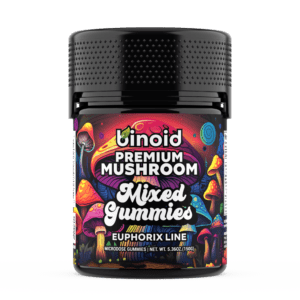
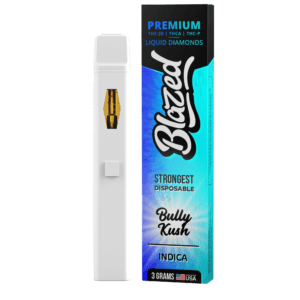
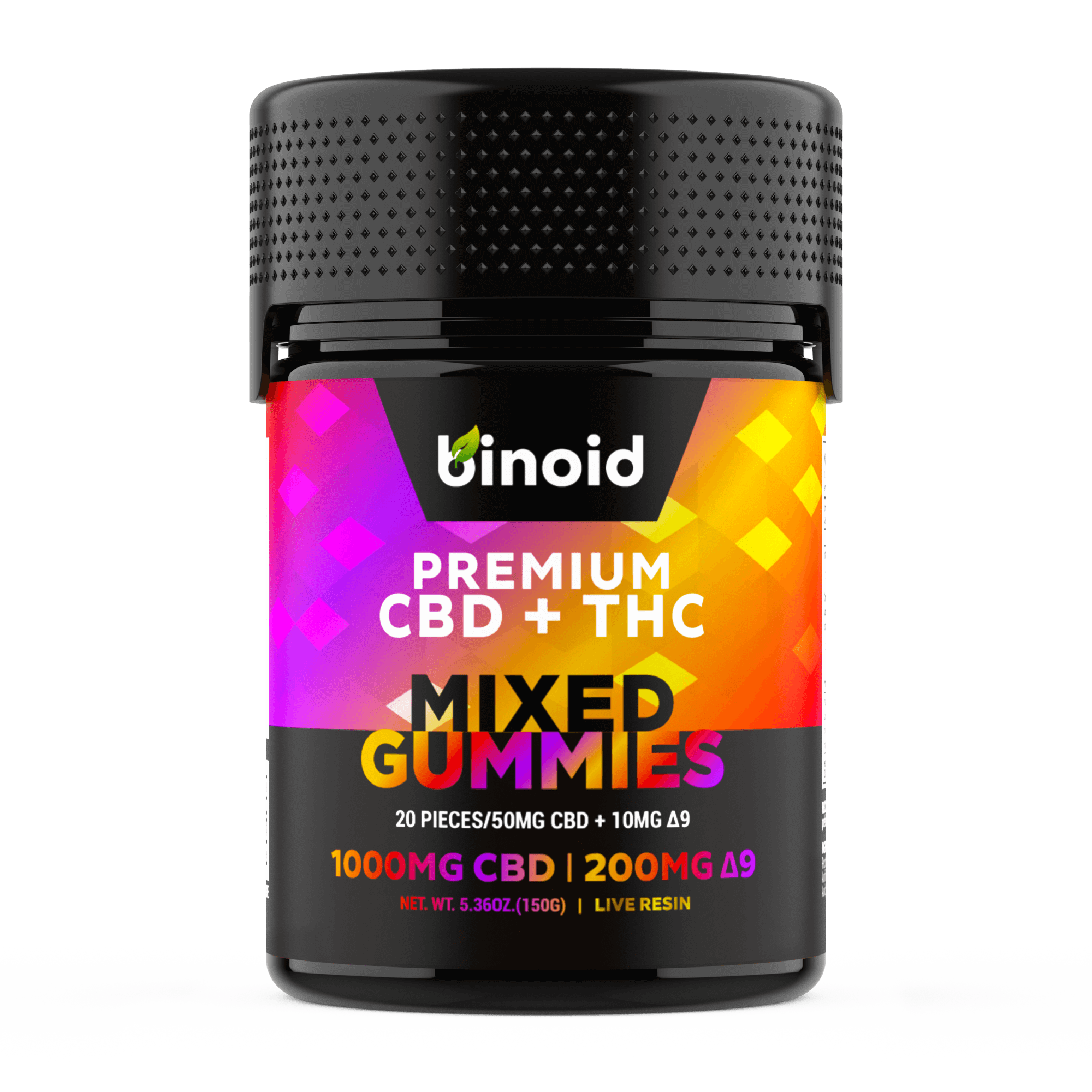
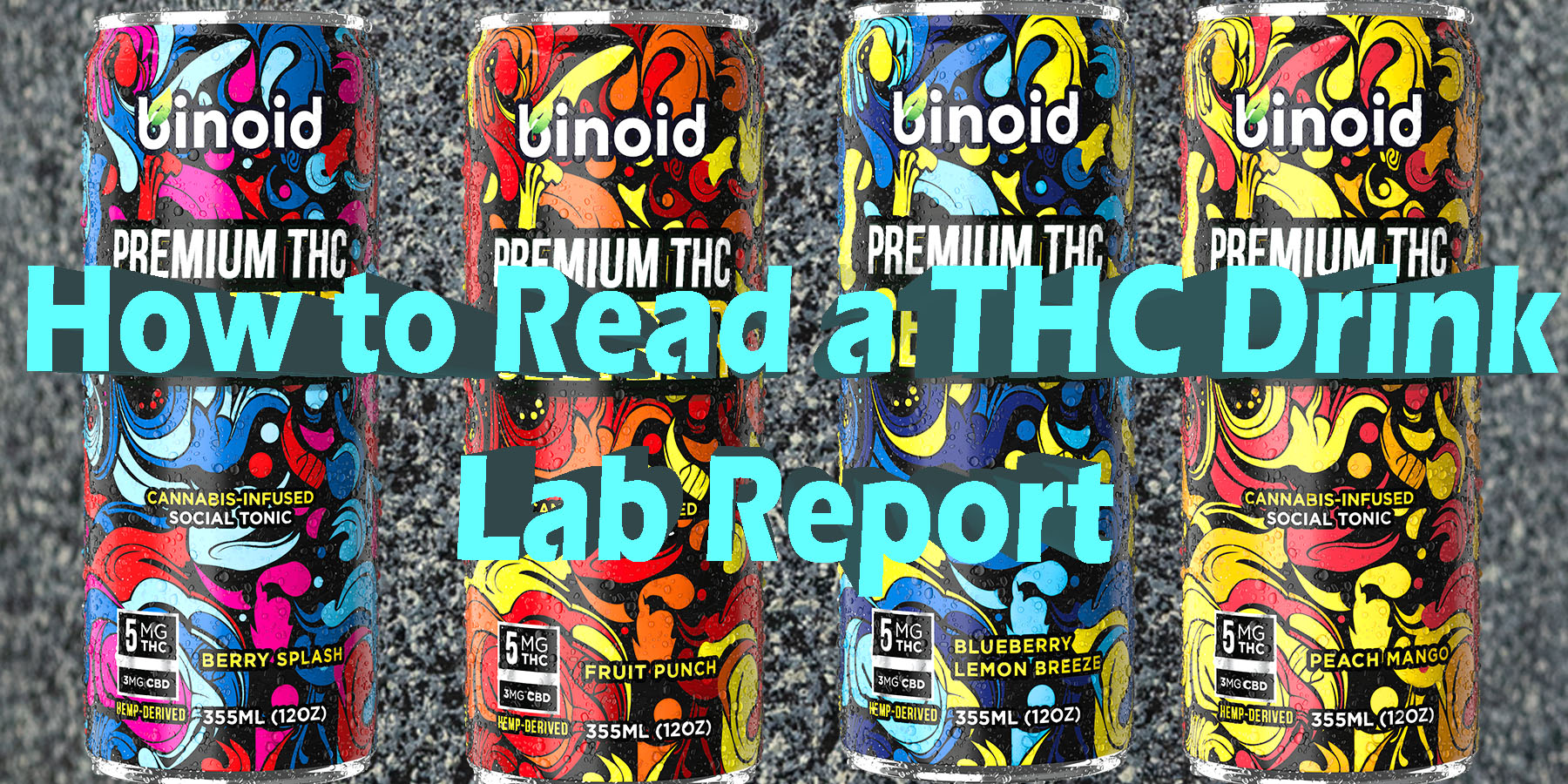
The world of cannabis is bubbling with innovation, and nowhere is this more apparent than in the beverage aisle. From sparkling THC seltzers and vibrant THC sodas to calming THC teas and even complex THC-infused wines and beers, there’s a drink for nearly every palate and desired experience. As this exciting market expands, so does the consumer’s need for transparency and knowledge. You wouldn’t buy food without an ingredient list, so why would a THC beverage be any different? This is where the lab report, or Certificate of Analysis (COA), becomes your most trusted companion.
At first glance, a COA can seem intimidating—a dense page full of scientific terms, numbers, and acronyms. It might feel like you need a chemistry degree to understand it. However, learning to navigate this document is the single most empowering step you can take to ensure a safe, consistent, and enjoyable experience. It’s the ultimate tool to verify that what’s advertised on the can or bottle is exactly what you’re about to consume.
This guide will demystify the THC drink lab report, breaking it down section by section, so you can read it with confidence and become a more informed consumer. We’ll explore everything from cannabinoid potency to contaminant screening, giving you the vocabulary and understanding to choose the best products for your journey toward bliss and relaxation.
Before we dive into the nitty-gritty, let’s establish what a Certificate of Analysis is and why it’s so fundamentally important. A COA is an official document generated by an accredited laboratory that has tested a product sample from a specific batch. Its purpose is to provide a detailed breakdown of the product’s composition, confirming its potency, purity, and safety. It is, in essence, a product’s report card.
The most critical aspect of a legitimate COA is that it comes from a third-party laboratory. This isn’t just industry jargon; it’s a crucial distinction that forms the bedrock of consumer trust. Third-party testing means the lab has no affiliation with the cannabis beverage company; it is an independent, unbiased entity. This independence is your guarantee of objective, scientific results, free from any potential influence or manipulation by the product’s manufacturer. Think of it like having a neutral inspector verify the condition of a house before you buy it. An independent lab’s reputation is built on accuracy and integrity, ensuring the data they provide is factual. It’s a system of checks and balances that fosters accountability and clearly separates the reputable, transparent brands from those that operate in the shadows.
The practice of third-party testing isn’t new; it’s a long-standing best practice in industries like pharmaceuticals, food production, and environmental testing. The legal cannabis market, in its effort to build legitimacy and ensure public safety, has widely adopted this model. State-level regulations often mandate these tests, creating a baseline for safety and quality. However, the thoroughness of these regulations can vary significantly from one state to another. This is why a brand that provides a comprehensive, easy-to-read COA for every batch is demonstrating a commitment that goes beyond mere legal compliance. They are actively choosing transparency.
In the burgeoning THC beverage market, this transparency is paramount. Any company proud of its product—whether it’s a crisp THC lemonade, a rich THC coffee, or a sophisticated THC cocktail—will make its COAs readily and easily accessible. Typically, you can find them by scanning a QR code printed directly on the packaging, a feature that has become the industry standard for on-demand information. Alternatively, brands host dedicated sections on their websites where consumers can look up a product’s batch number and view the corresponding report. If a brand makes it difficult or impossible to view a lab report, consider it a significant red flag. In an age of information, a lack of it is often a conscious choice. Your peace of mind and safety are worth more than their secrecy.
Think of a COA as the beverage’s official biography. It tells you where it came from, what it’s made of, and confirms that it’s clean and safe. It can seem complex, but once you know what you’re looking for, the story becomes clear. Let’s walk through the key sections you’ll find on a typical report.
The top of the lab report contains essential identifying information that connects the report to the specific drink in your hand. This section is all about verification and traceability. Here’s what you’re looking at:
Product Name: This should clearly match the name on the beverage’s label, for instance, “Midnight Berry THC soda” or “Golden Hour THC Tea.” It’s the first and most basic check.
Brand Name: The name of the company that produced the drink.
Batch Number / Lot Number: This is one of the most important pieces of information for the consumer. Manufacturers produce their drinks in large quantities called batches or lots. This unique alphanumeric code identifies the specific production run that your drink came from. It’s crucial for traceability. For example, if you have a fantastic experience with a certain THC Seltzers and want to replicate it, you can look for the same batch number on your next purchase to ensure maximum consistency. Conversely, if a product doesn’t meet your expectations, you know which batch to avoid. More critically, in the rare event of a product recall due to a safety or quality issue, the batch number allows the company to identify and isolate the affected products quickly and efficiently. Always ensure the batch number on the COA matches the one printed or stamped on the can or bottle.
Date of Testing: This tells you when the analysis was performed. A recent date is always preferable. The cannabis compounds in a beverage can degrade over time when exposed to light and heat, potentially affecting potency. A lab report that is many months or even a year old may not accurately reflect the product you’re holding. Look for a date that aligns reasonably with your time of purchase.
Laboratory Information: The report must clearly state the name of the testing laboratory, its address, and contact information. Critically, look for its accreditation details. The gold standard for cannabis testing labs is ISO/IEC 17025 accreditation. This isn’t just a fancy certificate. This international standard certifies that the lab meets rigorous technical and quality management system requirements. It means the lab’s personnel are competent, its methods are validated and fit for purpose, and it is subject to regular, stringent audits by an independent accreditation body. Seeing this accreditation is a powerful assurance that the numbers on the page are accurate and trustworthy.
This is the section most people are interested in, as it details the active ingredients responsible for the drink’s effects. Cannabinoids are the naturally occurring chemical compounds found in the cannabis plant that interact with the body’s endocannabinoid system (ECS), influencing various sensations and moods. The following cannabinoids would be:
Delta-9-THC (Δ9-Tetrahydrocannabinol): This is the primary psychoactive cannabinoid that delivers the feeling of euphoria or bliss associated with cannabis. The COA will list its concentration, typically in milligrams (mg) per serving and/or per total container. This is the single most important number for managing your experience. Understanding the dose is critical. A 12oz can of THC seltzer might contain 5mg of Δ9-THC, making the entire can one serving. In contrast, a 750ml bottle of THC-infused “wine” might contain 50mg total, with a suggested serving size of 5oz containing 10mg. You must read the label and the COA carefully to understand if you’re meant to sip it slowly or drink the whole thing.
THCA (Tetrahydrocannabinolic Acid): THCA is the non-psychoactive acid precursor to THC found in the raw cannabis plant. It only converts into the active Δ9-THC when heated, a process called decarboxylation. For any product that is meant to be consumed directly without heating—like a beverage—the THCA value should be zero or extremely low (<LOQ). The active Δ9-THC has already been infused into the product during manufacturing. If you see a high THCA number and a low Δ9-THC number on a drink’s COA, it suggests a significant formulation error, and the product will likely not produce the desired effects.
Understanding “Total THC”: Some lab reports include a “Total THC” calculation. The standard formula is: Total THC = (THCA × 0.877) + Δ9-THC. While this is scientifically accurate and very important for products that will be heated like flower, for a ready-to-drink beverage, the focus should remain squarely on the Δ9-THC value, as that is the active compound you are consuming.
CBD (Cannabidiol): Many THC drinks are formulated with CBD as well. CBD is a non-psychoactive cannabinoid known for promoting a sense of calm and physical ease, often described as balancing out the more intense effects of THC. A COA will clearly list the amount of CBD in mg. Products often come in specific ratios, such as 1:1 (equal parts THC and CBD) for a balanced, gentle euphoria, or 5:1 (five times as much CBD as THC) for an experience where the sense of relaxation is more prominent.
Minor Cannabinoids: As science progresses, more focus is being placed on the “minor” or less abundant cannabinoids, which can add unique character to a beverage’s effects. You may see:
CBN (Cannabinol): Formed as THC ages and breaks down, CBN is a mildly psychoactive cannabinoid that users often associate with a particularly relaxed, tranquil, and sleepy feeling. It’s a popular ingredient in “nighttime” or “unwind” formulations.
CBG (Cannabigerol): Known as the “mother cannabinoid” because other cannabinoids are synthesized from it, CBG is non-psychoactive. Users often report that it contributes to a focused sense of tranquility and contentment without heavy sedation, making it a favorite for social or creative-leaning beverages.
Delta 8 THC: An isomer of THC, meaning it has the same chemical formula as Delta-9 but a slightly different structure. It is psychoactive but is generally reported by users to be less potent than its more famous cousin, delivering what many describe as a clearer-headed, less-intense euphoria.
CBC (Cannabichromene): A non-psychoactive cannabinoid that is thought to work well with other cannabinoids to contribute to an overall elevated mood and sense of well-being.
The complete cannabinoid profile provides a sophisticated blueprint of the drink’s potential effects. It empowers you to select a beverage that truly aligns with your desired mood—whether that’s an uplifting, giggly buzz from a high-THC soda, or a mellow, chilled-out vibe from a CBN and CBD-rich THC tea.
While not always included on a COA for beverages, a terpene analysis offers a fascinating layer of insight into your drink’s character, flavor, and experiential quality. Terpenes are the aromatic oils secreted in the same glands of the cannabis plant that produce cannabinoids. They are ubiquitous in the plant kingdom and are responsible for the plant’s distinct smells and flavors—the zesty burst of a lemon (limonene), the sharp scent of pine (pinene), or the calming aroma of lavender (linalool).
However, terpenes do more than just delight the senses. A growing body of research supports the theory of the “entourage effect,” which posits that terpenes work synergistically with cannabinoids like THC and CBD. Instead of a single compound producing an effect, the entire symphony of compounds works together to enhance or modulate the overall experience. This means the terpenes can influence the character of the euphoria, making it feel more uplifting, more relaxing, or more focused.
Here are just some of the many common terpenes and the experiences users often associate with them:
Myrcene: With an earthy, musky, and slightly fruity aroma reminiscent of mangoes, myrcene is the most common terpene in modern cannabis. It is often associated with deeply relaxing and calming sensations, contributing to the “chilled-out” feeling of many formulations.
Limonene: As the name suggests, this terpene boasts a powerful, sharp citrus aroma of lemons and oranges. It is typically linked to an uplifting, blissful, and energizing mood. A THC lemonade rich in limonene would be a perfect example of flavor and effect in perfect harmony.
Linalool: Known for its delicate floral, lavender-like scent with a hint of spice, linalool is prized for its tranquil, serene, and destressing qualities. It’s a common component in blends designed to help you unwind and decompress after a long day.
Pinene: Emitting a sharp, fresh scent of pine needles and rosemary, pinene is often associated with a sense of alertness, focus, and creativity. It may help counteract some of the haziness that THC can sometimes produce.
Beta-Caryophyllene: This terpene has a distinctly spicy, peppery, and woody aroma, also found in black pepper and cloves. It is unique in that it also acts on the endocannabinoid system and is often associated with a soothing, comforting sensation for the body.
Humulene: Delivering an earthy, woody, and hoppy aroma (it’s a major terpene in hops, which gives beer its signature scent), humulene often works alongside myrcene to contribute to a relaxing experience.
It’s important to understand how terpenes get into your drink. Some beverages, especially those marketed as “live resin” or “full-spectrum,” use cannabis extracts that preserve the original terpenes from the plant. A lab report for these products will show a rich and complex terpene profile. Other beverages may use botanically-derived terpenes (the same linalool molecule but extracted from lavender instead of cannabis) or other natural flavorings to create a specific, consistent taste. The COA provides the ultimate clue to the source and complexity of your drink’s flavor profile.
This section of the COA is arguably the most important. It’s where the lab verifies that the product is free from harmful contaminants. A glowing cannabinoid and terpene profile means nothing if the drink is unsafe to consume. For liquid products like THC drinks, which are susceptible to a range of contaminants, this screening is absolutely critical. So, the following are:
Pesticide Screening: Cannabis is a bioaccumulator, which means it can readily absorb substances from its growing environment, including chemical pesticides used during cultivation. This test screens for dozens of different pesticides, from insecticides to fungicides. The COA will list each pesticide and show the amount detected. You’ll typically see columns for the Analyte (pesticide name), the Result (the concentration found, ideally “ND” for Not Detected or “<LOQ” for Below Limit of Quantitation), the Action Level (the maximum allowable concentration set by state regulations), and a final Status of “Pass” or “Fail.” You should only consume products that receive a clear “Pass” across the board.
Heavy Metals Analysis: Similar to pesticides, cannabis plants can absorb heavy metals from the soil, water, or even low-quality fertilizers. This analysis tests for the presence of dangerous metals like Arsenic (As), Cadmium (Cd), Lead (Pb), and Mercury (Hg). These metals can accumulate in the body over time and pose serious health risks. The report will show the detected levels, which must be below the stringent safety limits established by regulatory bodies. To make the numbers less abstract, these limits are often measured in parts per million (PPM) or parts per billion (PPB). One PPM is equivalent to a single drop in about 13 gallons. The required levels are incredibly low, and a clean report is a sign of high-quality sourcing.
Microbial Contamination: This test is crucial for any consumable product, but especially for water-based beverages where bacteria and mold can thrive if manufacturing processes are not impeccably clean. The lab screens for harmful pathogenic bacteria like Salmonella and E. coli, as well as dangerous mold species like Aspergillus. It will also often report a total yeast and mold count. A “Pass” in this section is non-negotiable and confirms that the product was manufactured and bottled in a sanitary environment, protecting you from potential foodborne illness.
Mycotoxin Testing: Mycotoxins are toxic secondary metabolites produced by certain types of fungi (molds) that can contaminate crops either before harvest or during storage. This test specifically looks for harmful mycotoxins like Aflatoxins and Ochratoxin A. These are potent toxins, and their absence is a critical marker of a high-quality, safe product. The result must be “Pass.”
Residual Solvents: This test is relevant if the THC infused into the drink was extracted from the cannabis plant using chemical solvents like ethanol, butane, CO2, or propane. The extraction process is designed to purge these solvents completely from the final oil. This test is the verification step, ensuring that no unsafe residual amounts remain in the final cannabinoid concentrate before it’s infused into the beverage.
Filth and Foreign Matter: This is a straightforward but necessary analysis where the sample is visually, often microscopically, inspected for any physical contaminants that don’t belong, such as hair, insects, dirt, or other materials. The result should always be a “Pass”.
As you begin to look for COAs, you may notice that they don’t all look the same. Some are multi-page documents brimming with data, while others might just be a single page showing only cannabinoid levels. This is the difference between a “long report” (also known as a full-panel report) and a “short report” (a potency-only report). Understanding this distinction is vital for protecting yourself, so let’s break them down here for a moment:
The Short Report (Potency-Only): This is the most basic type of COA. It provides a summary of the cannabinoid profile and nothing more. You’ll see the levels of Δ9-THC, CBD, and perhaps a few minor cannabinoids, but the report stops there. While this information is useful for dosing, it tells you absolutely nothing about the product’s safety. It’s like a car advertisement that only tells you the horsepower but gives you no information about the brakes, airbags, or crash test rating. Manufacturers might use short reports for internal quality control during production to quickly check if a batch has the right potency before it’s finalized. However, if a brand only makes a short report available to consumers, it’s a major red flag. It suggests they are unwilling to be transparent about safety testing.
The Long Report (Full-Panel): This is the gold standard and what every consumer should look for. A full-panel COA includes the potency and cannabinoid profile plus the complete battery of safety tests we just discussed: pesticides, heavy metals, microbial contaminants, mycotoxins, and residual solvents. This comprehensive document gives you the complete picture. It not only confirms that the 5mg THC seltzer actually contains 5mg of THC, but it also proves that it’s free from lead, E. coli, and illegal pesticides. Providing a full-panel report demonstrates a brand’s confidence in their product and their unwavering commitment to consumer safety and transparency.
As an informed consumer, you should never settle for a short report. The allure of a high THC number is meaningless if the product is contaminated. Always seek out the full-panel COA. A reputable brand will be proud to share it.
Let’s imagine you’ve just bought a “Cloud 9 Citrus THC Seltzer” and scanned the QR code. Here’s how you might interpret a simplified version of its COA:
Header: You confirm the product name, brand, and that the batch number (let’s say CZS24-001) on the report matches the can. The test date is just two weeks ago—perfect. The lab is “VeriPure Labs,” which you quickly Google and confirm is ISO/IEC 17025 accredited.
Cannabinoid Profile:
Δ9-THC: 5.1 mg/can. Now you know the precise dose for a single serving.
THCA: <LOQ. Excellent. This means all the THC is active.
CBD: 9.8 mg/can. It’s roughly a 2:1 CBD to THC ratio, suggesting a more balanced, mellow experience.
CBG: 2.2 mg/can. The presence of CBG might contribute to a more social, focused feeling.
CBN: <LOQ. You know not to expect a particularly sleepy effect from this seltzer.
Terpene Profile:
Limonene: 0.45 mg/can. This confirms the citrus flavor has a cannabis-derived origin and may contribute to an uplifting mood.
Beta-Caryophyllene: 0.21 mg/can. Adds a subtle spicy note and may enhance the relaxing qualities of the CBD.
Safety Testing:
Pesticides: You scroll through a long list of pesticide names, and the “Status” column reads “Pass” for all of them. Great news.
Heavy Metals: Arsenic, Lead, Cadmium, and Mercury all show results of “<LOQ.” This is a pristine result, indicating clean sourcing.
Microbials: Salmonella: Not Detected. E. coli: Not Detected. Yeast & Mold: Pass. The drink is microbiologically safe.
Residual Solvents: All solvents listed are below the action limit, earning a “Pass.”
By spending just two minutes reviewing this COA, you’ve moved from being a hopeful consumer to an informed one. You know the exact potency, have a sophisticated idea of the experience it might offer due to its cannabinoid and terpene blend, and most importantly, you have verified that it is free from a wide range of harmful contaminants.
As you get more comfortable reading COAs, you’ll also learn to spot the warning signs of a subpar or potentially unsafe THC product. Keep an eye out for these red flags:
No COA Available: The biggest red flag of all. Transparency is non-negotiable. If you can’t see the test results, assume the worst and choose another brand.
An In-House COA: A report generated by the manufacturer themselves is not a substitute for independent, third-party verification. It’s a conflict of interest.
An Outdated Report: A COA from a year ago for a product that is produced weekly is not relevant. Look for recent dates that reflect current inventory.
QR Code Shenanigans: Be wary of QR codes that lead to a generic company homepage or a marketing page instead of directly to the COA for your specific batch. This is a tactic to create the illusion of transparency without providing the actual data.
Incomplete Testing: A report that only shows cannabinoid potency but omits the full panel of safety tests (pesticides, heavy metals, microbials) is a major concern. A company should be proud to show you its clean safety record; hiding it suggests there may be an issue.
Any “Fail” Status: This is an immediate deal-breaker. A “Fail” in any safety category means the product did not meet the minimum safety standards and is not fit for consumption.
Missing or Unaccredited Lab Info: If you can’t identify the lab or confirm its ISO/IEC 17025 accreditation, you cannot trust the validity of the results.
The vibrant, ever-expanding world of THC beverages offers a universe of flavors and experiences waiting to be discovered. From the first effervescent sip of a THC seltzer to the last soothing drop of a THC tea, your journey should be one of enjoyment, discovery, and confidence. The Certificate of Analysis is your passport to that experience. It’s a powerful tool that transforms you from a passive consumer into an active, educated participant in your own well-being.
Don’t be deterred by the scientific language. By focusing on the key sections—verifying the product’s identity, understanding the cannabinoid and terpene profile to anticipate the experience, and confirming its purity through the full suite of safety tests—you are taking control. The next time you pick up a THC-infused beverage, embrace your power as a consumer. Take a moment to find and read its lab report. It is the clearest and most honest reflection of a brand’s commitment to quality, safety, and you. Embrace the data, drink responsibly, and savor the bliss that comes from making a truly informed choice.